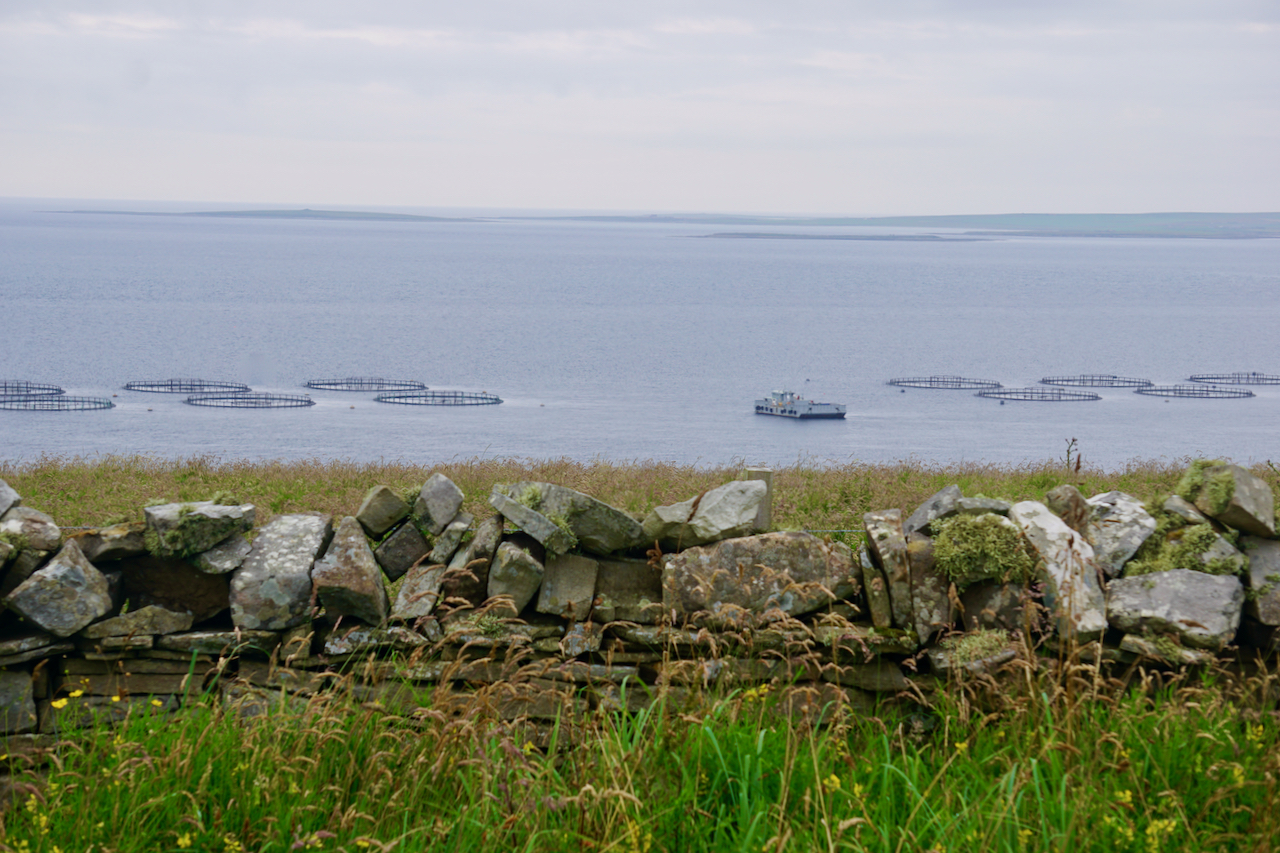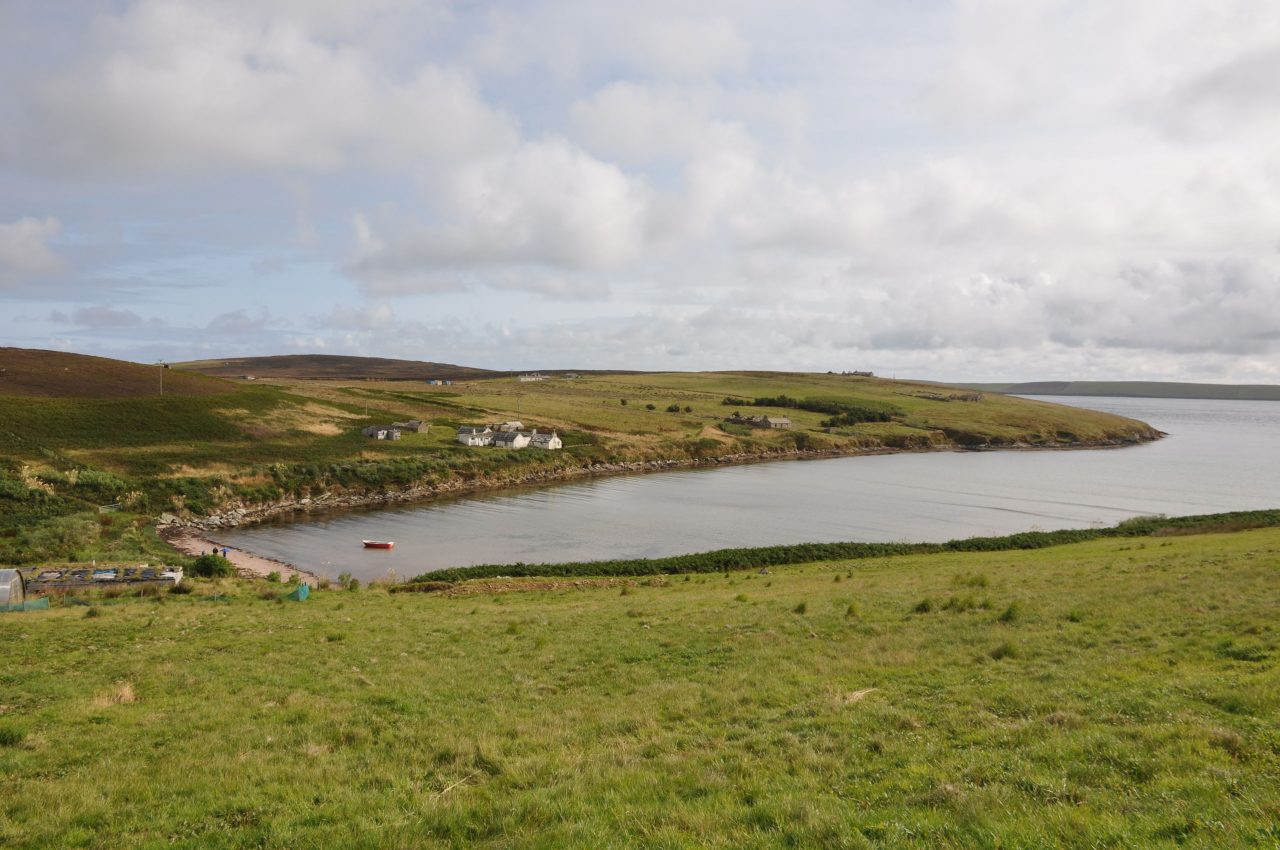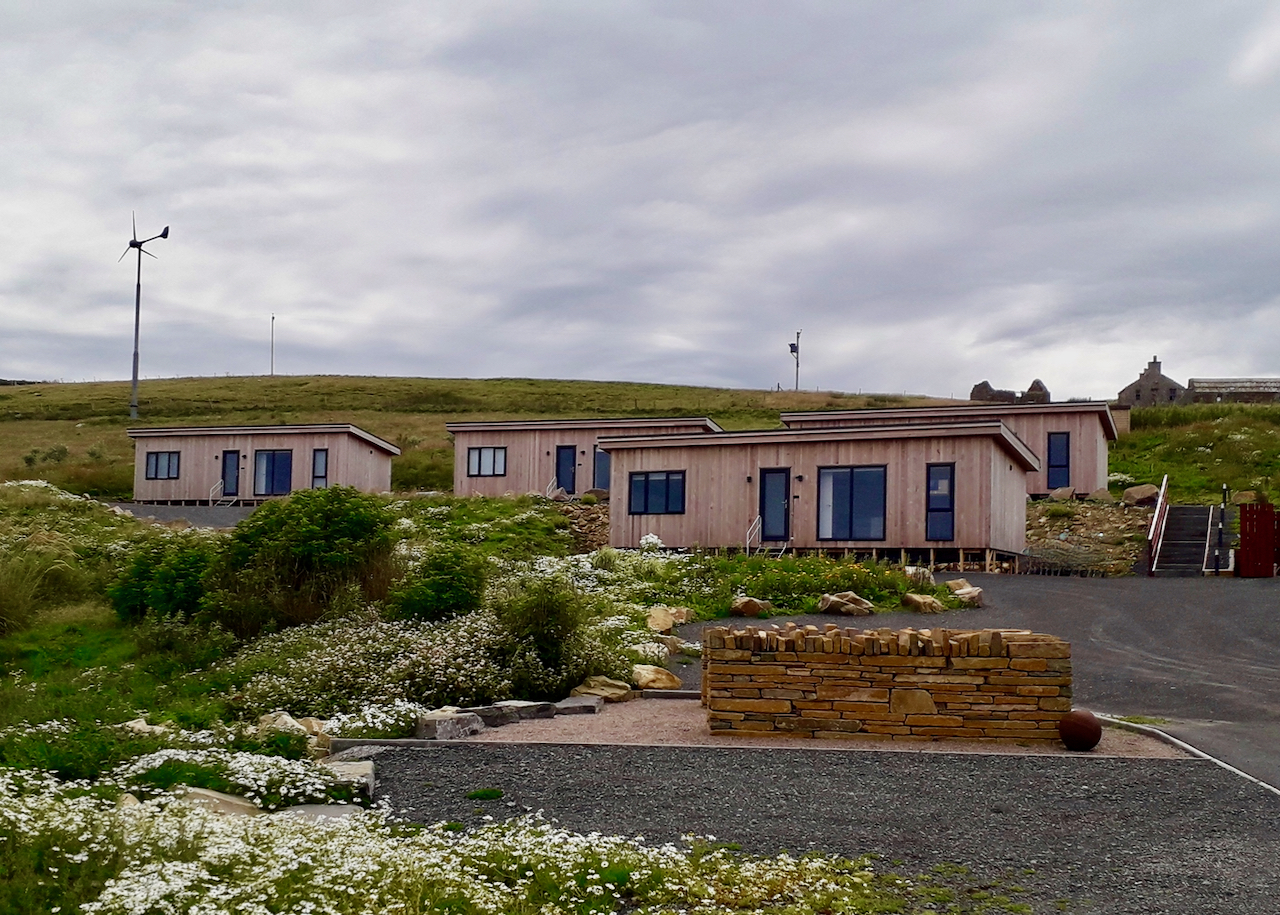
Case studies
Our Heart of the Community Trust continues to support communities and groups across rural areas in Scotland.

Lack of available, affordable housing can be a very real issue for the remote coastal communities in which we live and work.
In 2018, it led us to embark on our first ever employee housing project – one designed to benefit the long-term sustainability not just of our own farm but the wider island community as a whole.

As remote locations go, they don’t come much more far-flung than Eday; one of the smaller Orkney islands with just over 70 habitable properties for a population of around 130 people.
It’s this very remoteness, combined with the lack of available inhabitable homes, that threatened the long-term viability of our salmon farm.
Unless employees lived on one of the nearby islands, they had to stay over until their next weekend off. Given the lack of accommodation, ‘staying over’ could mean another boat trip to a nearby island, leaving little time for life out of work.
Our solution was two-fold: introduce a two-week on, two-week off shift pattern, and build high-specification homes that employees could go home to after each shift, removing the inter-island commute and freeing up more personal time.
In order to deliver both, we approached local landowners, Willowstream, about the possibility of building the homes within the secluded area of Mill Bay – once a hive of activity due to its working mill but now a relatively overlooked part of the island.

Very quickly, a like-minded partnership formed and a development concept was agreed for ‘Millhaefen’, a 1.5 acre, six-strong development of homes:
Keen that we create homes that were as eco-friendly as possible, we worked with Kirkwall-based chartered architect Leslie Burgher to incorporate:
There’s also extensive wild planting to help absorb CO2.

Not only has Millhaefen successfully secured the long-term viability of our Eday farm, but it has benefited the island as a whole:
“The two-week on, two-week off shift pattern has already made a huge difference, ensuring there’s sufficient time around work to leave the island, see family and friends, and generally catch up on all things life.” Charlotte Owen, Eday
Interested in a short-term stay at Millhaefen? Check out the Instagram page at @islandlifestyleretreats